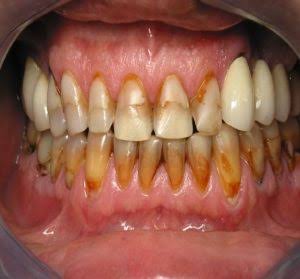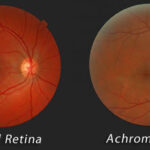Tooth discoloration refers to the staining or darkening of your teeth. You can develop discolored teeth for a number of reasons. Some causes are unavoidable — like aging, trauma or disease. Other causes are preventable like smoking and poor oral hygiene.
Quickly there are two main types of tooth discoloration:
Extrinsic discoloration: This type of discoloration affects the outer surface of your teeth (enamel). Exposure to certain environmental factors like some foods and beverages causes extrinsically discolored teeth.
Intrinsic discoloration: This type of discoloration starts inside your tooth and affects your dentin (the layer underneath your enamel). Causes include dental trauma and certain medications.
Causes
According to an article from Cleave land clinics 24th Nay 2023, Several things can cause discolored teeth. Some causes are avoidable. Others are unavoidable. Avoidable tooth discoloration causes include
Dark-colored foods and beverages;
Things like coffee, tea, berries, red wine and soy sauce can stain your teeth over time.
Smoking and other tobacco use;
Research indicates that tooth discoloration is more common among people who smoke compared to people who don’t.
Poor oral hygiene;
Stains cling to dental plaque. If you don’t remove plaque with regular brushing and flossing, you’re more likely to develop discolored teeth.
Genetics and Aging;
Natural tooth color, brightness and translucency vary from person to person. While aging as you grow older, your tooth enamel wears thinner. This exposes more of the underlying dentin, which has a yellowish hue and as a result, your teeth may appear slightly more discolored as you grow.
In conclusion
In many cases, tooth discoloration is strictly a cosmetic concern. You may not need to do anything from an oral health standpoint. But if discolored teeth cause you to feel self-conscious about your appearance, cosmetic dentistry treatments can help.



